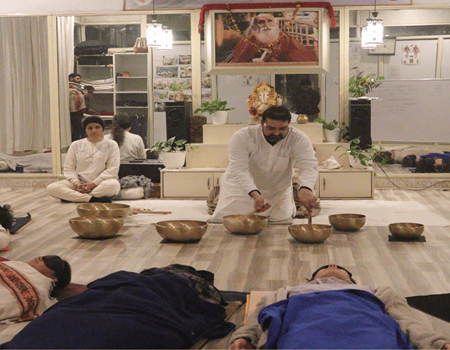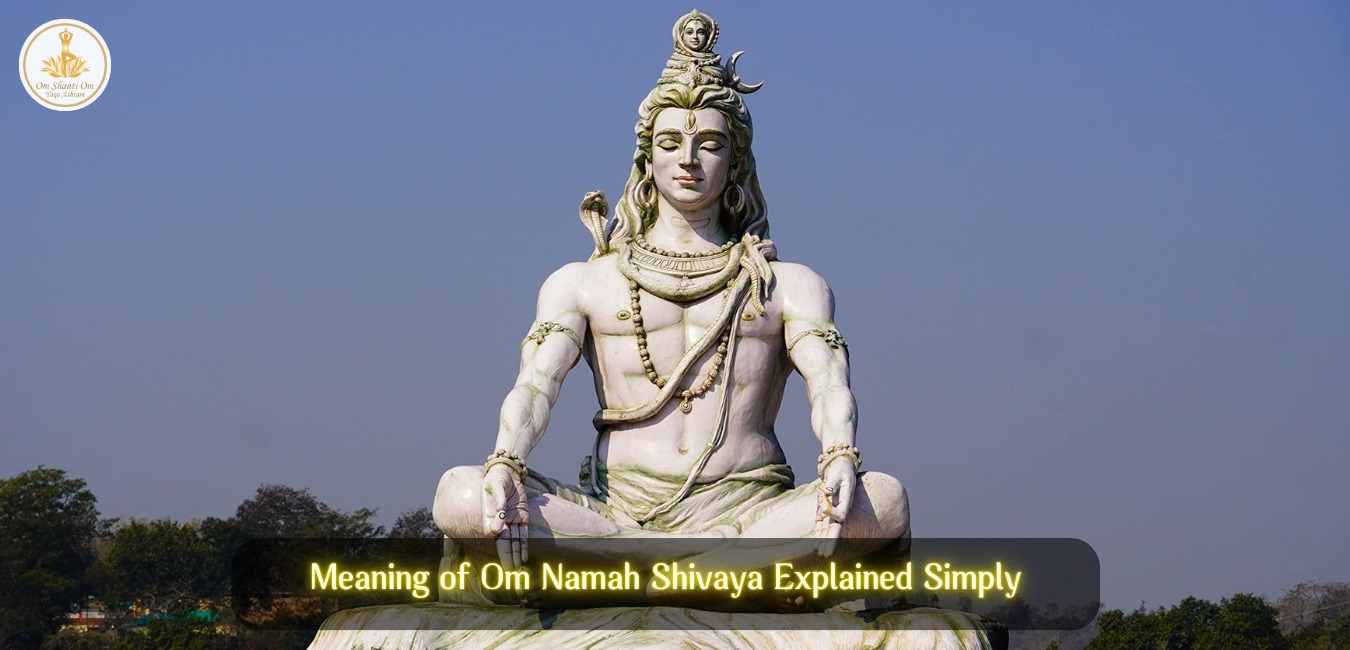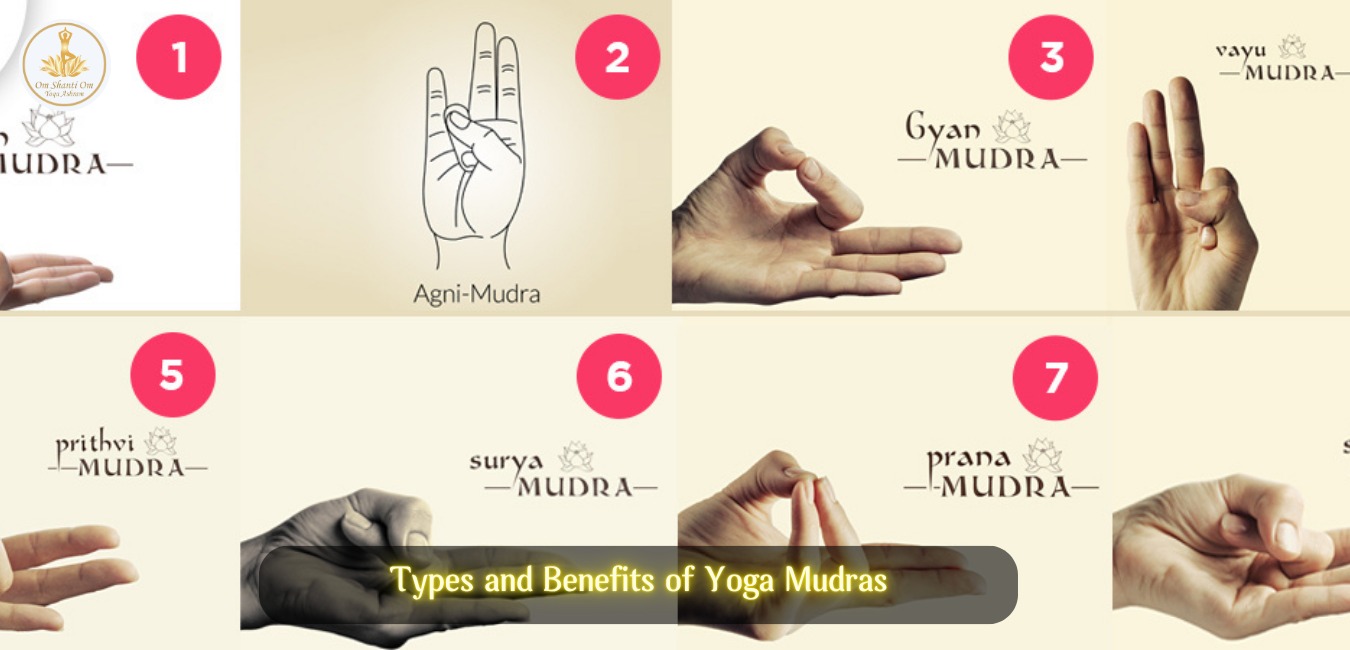As the name suggests, shatkarma involves six cleansing practices for the body, which can be used as a form of detoxification or similar to it. These methods originated from the yogic texts and mentioned that “ they should be practised before practising Yoga or pranayama. The primary out of these shatkarmas is Kunjal kriya or Vaman dhauti.
In ancient times, Kunjal Kriya was practised in the daily morning even by common people in society. There are various methods to practise the kriya; it is also practised by inserting a soft cloth in the mouth to clean the throat. There are different ways and numerous benefits of these kriyas.
What is Kunjal Kriya
These are the synonym words used for a single kriya. The direct meaning of the Vaman kriya is the detox in the modern ayurveda texts. The method has proven to work in cleaning the gut and helps to cure indigestion. It also gives mental clarity and promotes lightness in the body of the practitioner.
The Kunjal Kriya is also known as Gajakarni Kriya. It is performed by drinking a large amount of salted or saline water to voluntarily vomit that out of the mouth. This is also considered one of the six shatkarma in the yogic philosophy.
What is Vaman Dhauti?
On the other hand, there is vaman dhauti, which is known as yogic detox. It is part of the dhauti kriya, as per the written yogic texts. It is very similar to the kunjal kriya and is considered the same by some yogis in the present time. It is traditionally considered more intense because of the sudden results. There are five types of Dhauti Kriya:
- Vaman Dhauti- Salt water induced vomiting
- Vastra Dhauti - Putting clothes or ingesting cloth for the purpose
- Danta, Jhiva, Karna, Akshi Dhauti- cleaning teeth, eyes and ears.
- Agnisara Dhauti- Abdominal churning,
- Sankhaprakshalana- Intestinal cleansing
Benefits of Shatkarma
Shatkarma is also known as shatkriya; they are appropriately known for cleansing purposes. The word “ kriya” is known as the practice or action another word “shat” means six and these are six action for cleansing body in a different way. The names of the shatkarma are:
- Neti- Nasal Cleaning
- Dhauti- Upper Digestive Tract Cleaning
- Nauli- Abdominal Massage by muscle churning
- Basti- Yogic Enema ( Colon Enema)
- Kapalbhati- A breathing exercise for the frontal brain
- Trataka- Eye cleansing with the help of focusing
The benefits of shatkarma are cleansing of the body with the different methods, like breathing, water inhalation. It helps in balancing the chakras and cleansing channels in the body. They remove the mental balance of the body. Cleansing is the first step before starting any yogic kriya. The mentioned kriya is known as the predominant step in the form of kunjal. Here are some of the primary benefits of the shatkarma:
- Cleansing of the Chakras and the channels of the body.
- Reduces allergic symptoms in the body.
- Relieves acidity and the digestive-related problems of the body.
- Purifies skin with time and also promotes easy passage in the various sphincters of the body.
- Calms anxiety, emotional stress and the lethargic condition of the body.
- Cleaning of the stomach and small intestine.
- In case of the asthmatic condition, it removes excess mucus from the respiratory tract of the body.
Also Read: 10 Benefits of 200 Hour YTT in Rishikesh
What Are the Benefits of Kunjal Kriya?- Kunjal Kriya Benefits
There are numerous benefits of the kunjal kriya; they should be performed under the guidance of the expert yogic masters. There are three levels of the body: one is physical other is the energy realm, and the third is spiritual, and Kunjal kriya gives benefit in all three directions. Before concluding the benefits of the Kunjal Kriya, we will talk about the anatomy of the stomach.
It is known as the seat of imbalance, the digestion of the food starts from the mouth, and the breakdown process in the stomach. It looks like a semi-pipe which is meant for softening the food. The Kunjal kriya stimulates the vagus nerve in the body, and it has several effects on the body, including the heart, pancreas and small intestine. Here are some of the most prominent benefits of the Kunjal Kriya:
- Cleans the oesophagus and the whole upper digestive tract, which reduces the chances of the infection.
- Balances the pH of the stomach and results in reducing acid reflux of the body.
- Helps in clearing mental fog and makes the mind unburdened.
- There are different terms, like emotional eating and food cravings, that show psychological aspects of the human body. Kunjal kriya also reduces them.
- Reduce emotional attachment and help in clearing various spiritual messages.
- The problem of food indigestion and bacterial infections is reduced by the Kunjal Kriya with long-term practice.
Dhauti Kriya Benefits- What is Vastra Dhauti?
In Hatha-Yoga Pradipika, Dhauti kriya is mentioned as the same as Kunjal kriya. It has the same benefits, but kunjal is performed with the help of water only, while on the other hand, dhauti can be performed with the help of a cloth. We can say that Kunjal Kriya is a part of the Dhauti.
Benefits:
- Improves digestion and respiration in the body.
- Bring mental calmness to the mind.
- Cleansing of the face and internal organs of the body.
- Increase digestive fire, or the metabolic reactions of the body.
- Makes a Yogi radiant and gives clear skin.
Kunjal Kriya Side Effects:
Apart from the numerous benefits, there are potential disadvantages of the kunjal kriya in some cases. There are different scenarios for the highly acidic nature of the stomach. When a person with frequent acidity problems does Kunjal Kriya too much, the gastro-oesophageal sphincter gets inflamed. Here are some of the related conditions:
- Pregnant women can’t do Kunjal Kriya.
- The highly acidic nature of the stomach can hurt Kunjal Kriya.
- After any kind of surgery, it should be avoided.
- Patients suffering from high blood pressure should avoid Kunjal Kriya.
Read Also: Yoga Asanas Poses for Weight Loss
Bottom Lines
Kunjal Kriya is a part of the vaman, which is also known as detox in modern language. It is part of the six pre-yogic karmas, known as Shatkarma. It is better to practice such kriya in the presence of an expert yogic master. Om shanti om is the best choice for patients, and the yogis want to achieve any health goal.
























2 Comments
I am doing this with proper methodology as described in this blog, and it has helped me in reducing my acidity. Thank you for this guidance.
I have a question about this procedure… Do we need to perform it regularly, and if yes, then how many times, or if then after how many days, should I do this to clean my nasal chambers, and I am a Sinus patient; what are the recommendations for me?